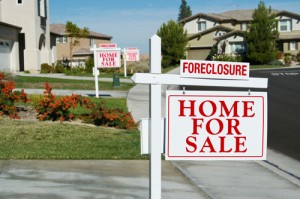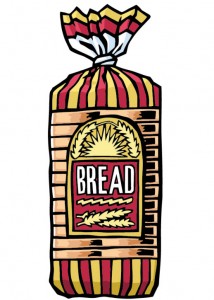 This year you get two additional days to submit tax returns. You have until April 17th; but you have a back-up option if you need it. An automatic extension can extend the due date for your return from April 17, to October 15, 2012.
This year you get two additional days to submit tax returns. You have until April 17th; but you have a back-up option if you need it. An automatic extension can extend the due date for your return from April 17, to October 15, 2012.
An extension does not extend the due date for payment of taxes owed to the Internal Revenue Service, but it does buy additional time to submit the final tax form and documentation. Inman news contributor and tax expert Stephen Fishman outlined this option for time-challenged professionals. If you opt for an extension, you still need to estimate 2011 taxes due and pay them by April 17th to avoid penalties and interest. Here’s a recap of the key points.
Extension Request Methods:
- Submit the request electronically by filing Form 4868 (PDF): Application for Automatic Extension of Time to File U.S. Individual Tax Return online at www.IRS.gov or;
- Print out Form 4868, complete it manually and mail to the address designated on the form or;
- Use a tax preparation service provider firm to electronically submit payment and the extension request.
Option 1
Electronic filers will receive an acknowledgement or confirmation number for record-keeping purposes. There is no need to mail the completed form if filing electronically, however be sure to locate a copy of last year’s tax return prior to going online as information from last year’s return will be requested when completing the electronic extension request form.
Option 2
You may go to www.IRS.gov to locate the Form 4868 PDF, print and mail the completed from to the address indicated on the form. Include full or partial payment of 2011 taxes due when mailing.
Option 3
A third option is to enlist the services of an outside tax preparation provider. Several offer free submission of Form 4868 through the “Free File” program. Access them through the IRS.gov website. Through them it is possible to pay all or part of 2011 taxes due, by phone or via online payment.
For more information, please join us at FirstPrestonHT.com or on our Facebook and Twitter pages.









